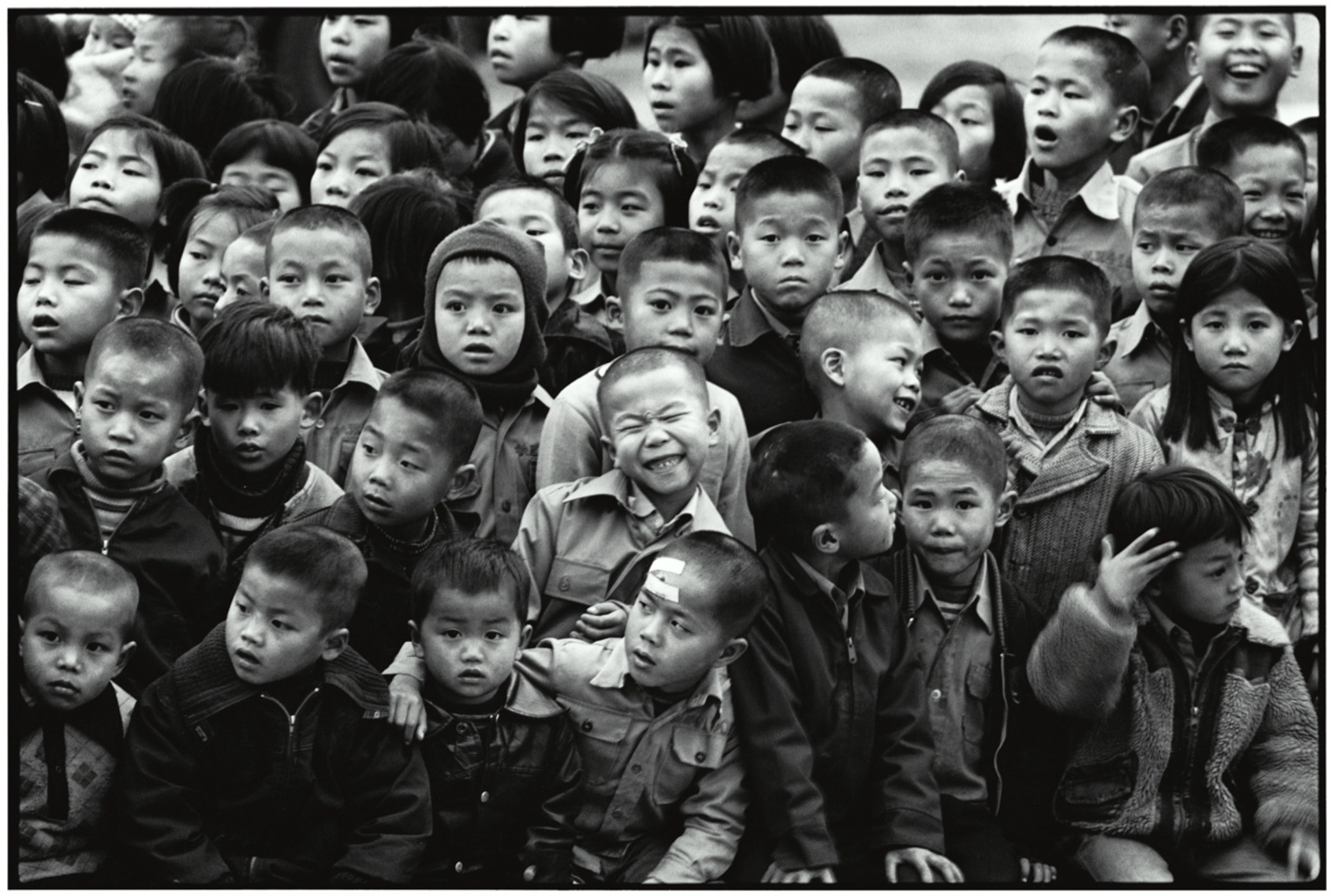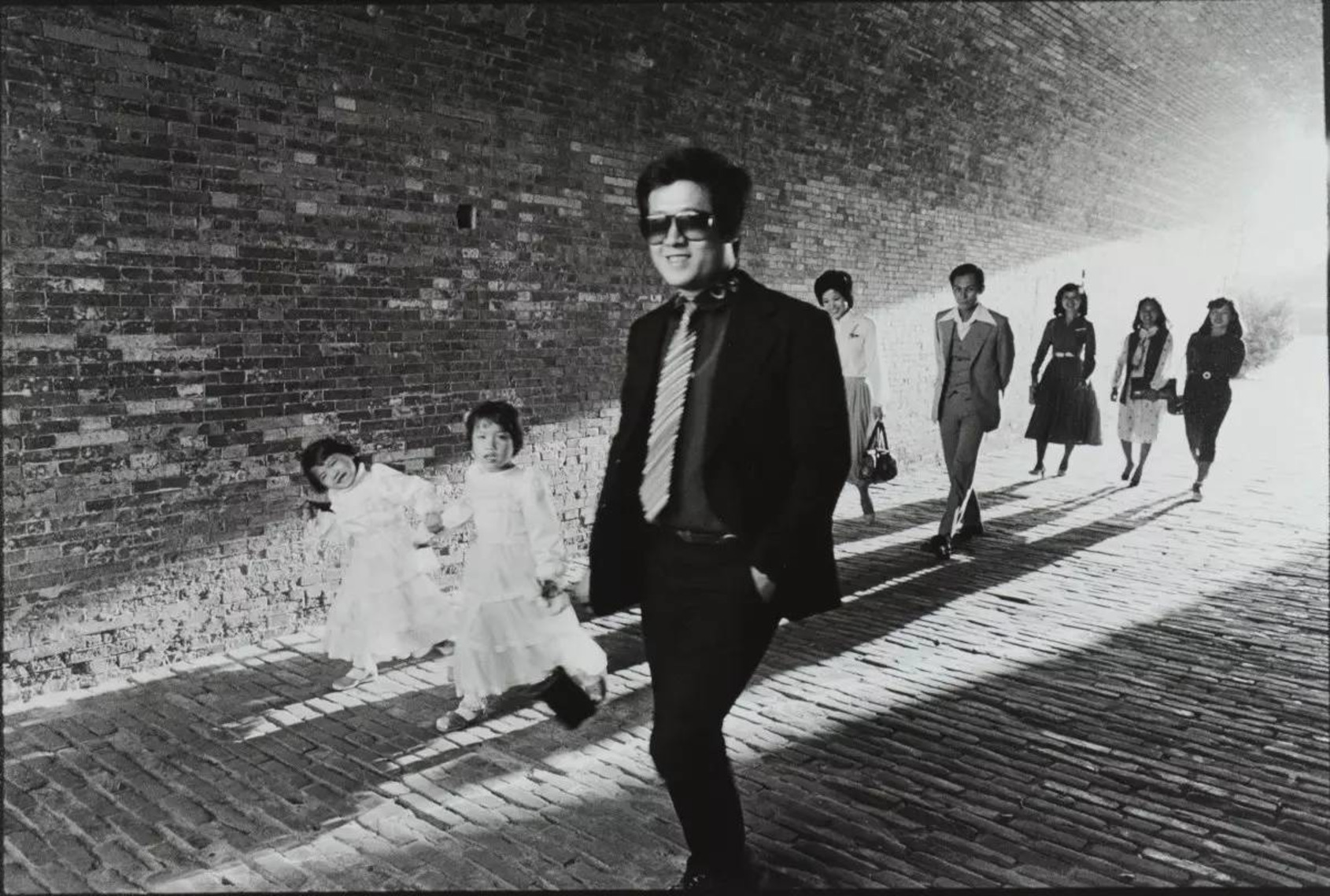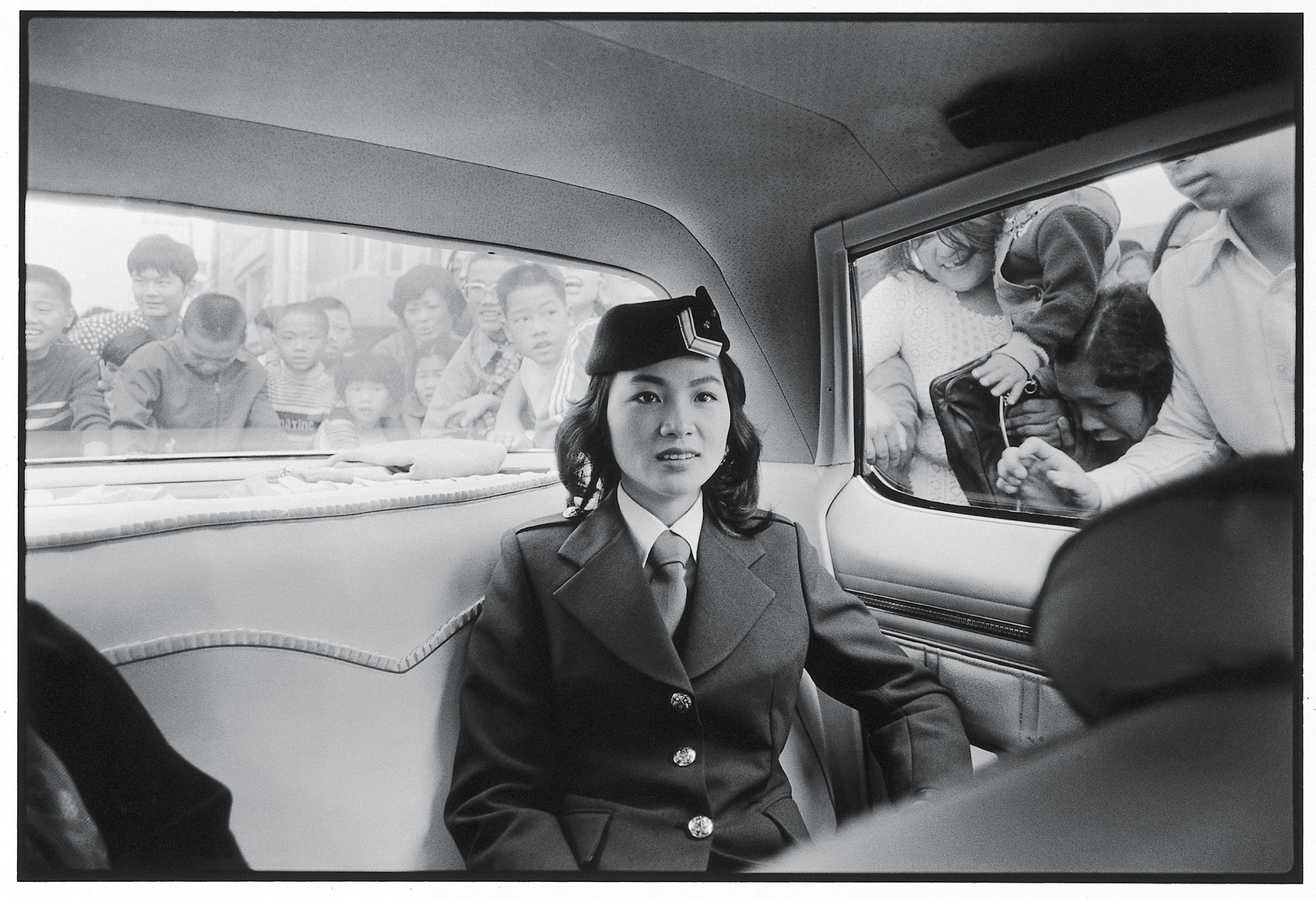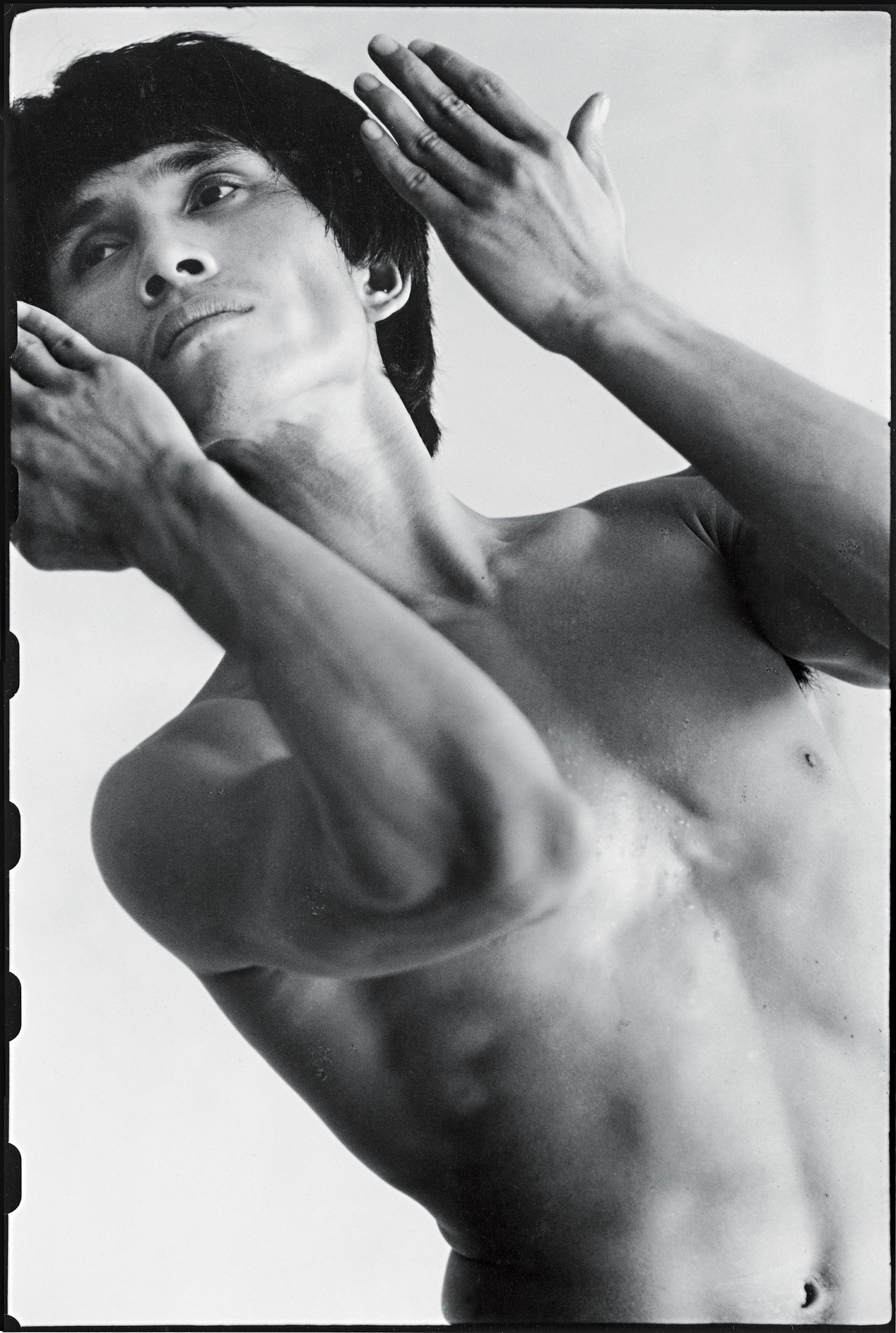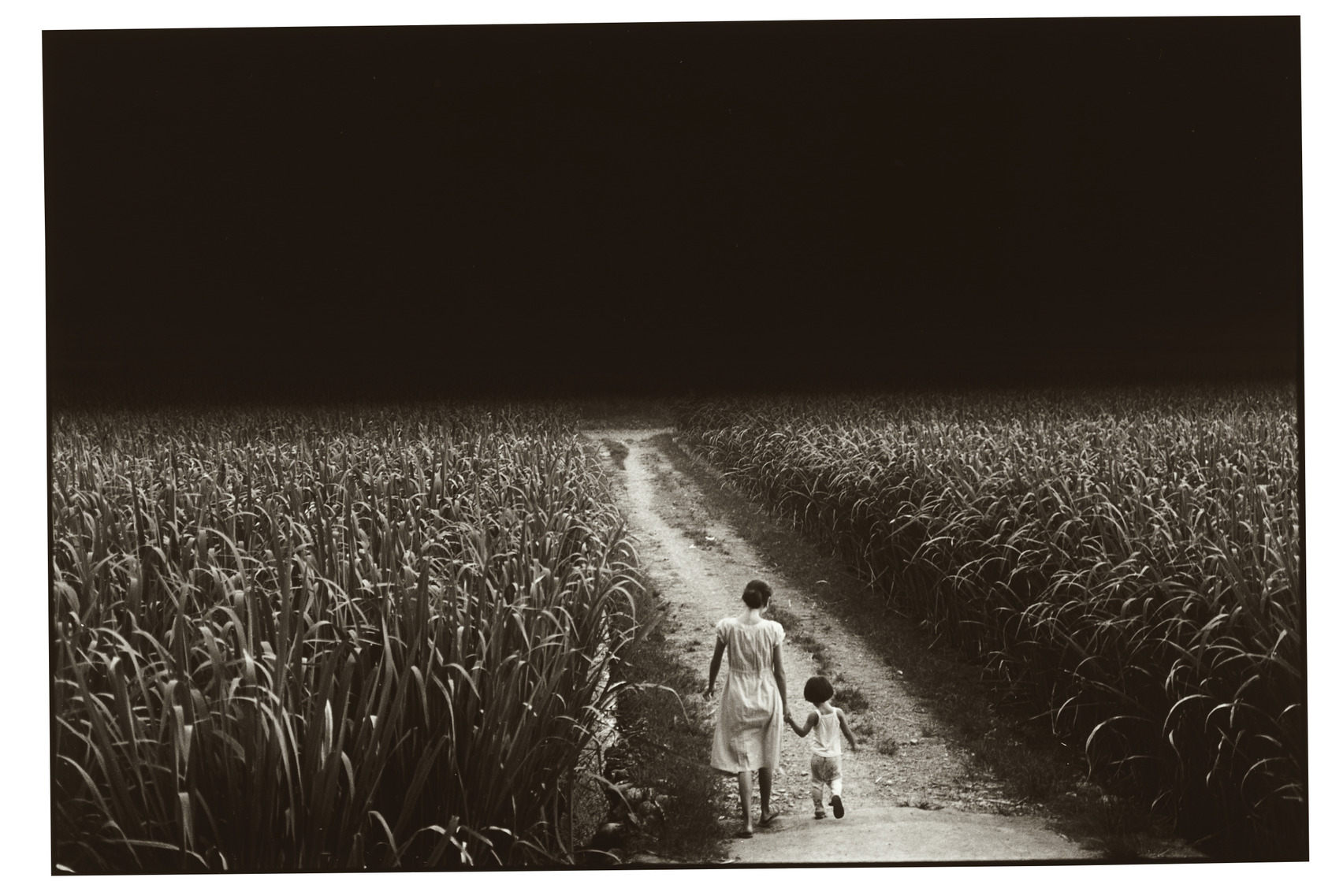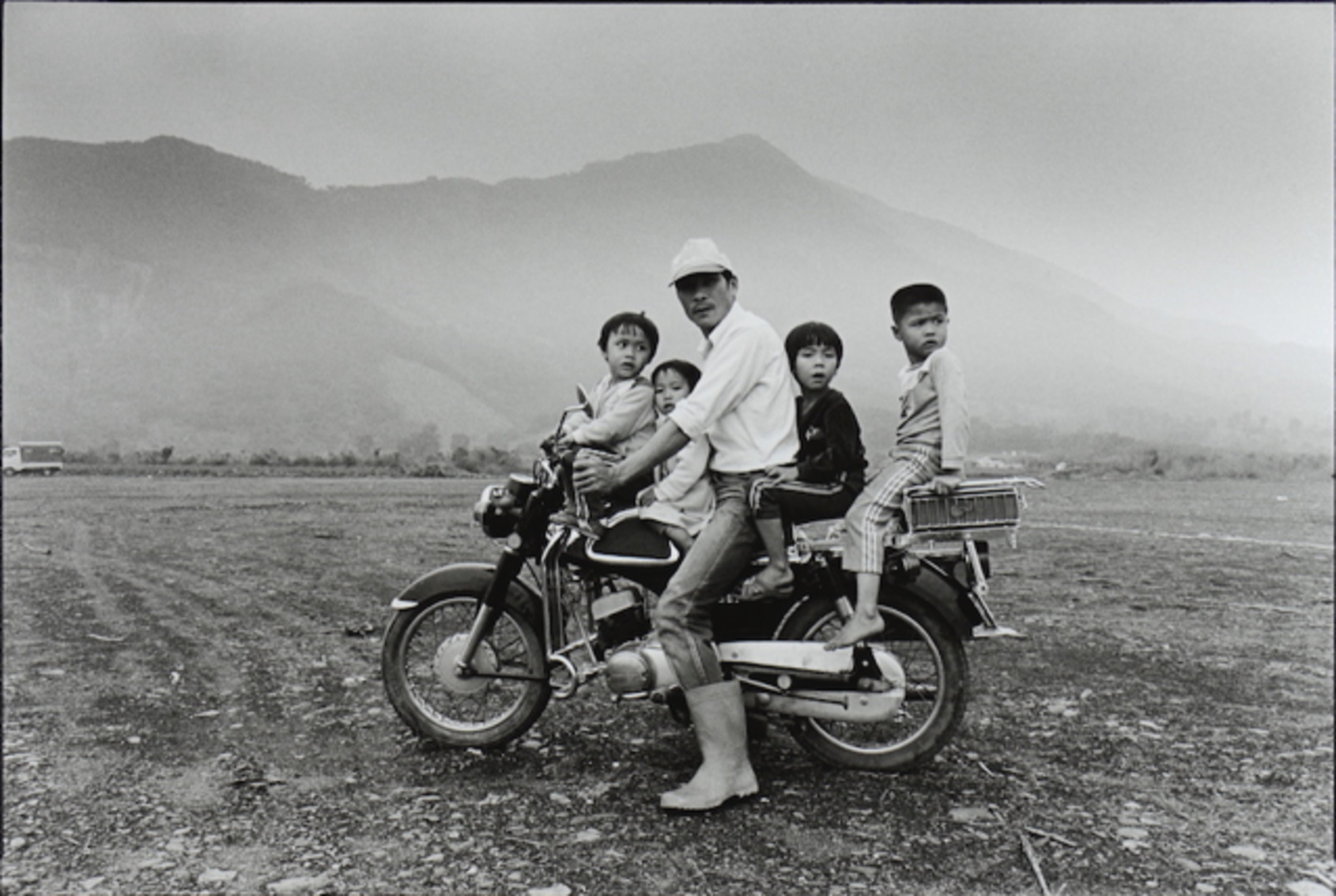
Renowned Taiwanese photographer Juan I-Jong, who is also a teacher, author, publisher, and founder of Humanity Award of Photography, will be holding a solo exhibition titled “The Stare of Light:The Lost Grace” in ALIEN Art Centre in Kaohsiung from November 28, 2018 to January 31, 2019. In October 1999, with a new millennium fast approaching, Juan I-Jong made a committed effort to organizing four exhibitions titled “The Lost Grace”, “Square of Nostalgia”, “The Secret of Hands” and “The Known and the Unknown”. All of them were under the title of “Farewell to the Twentieth Century.” This was a gesture in tribute to a phase of his creative career. The photos contained in the “The Lost Grace” were shot from the period of 1976-1995, expressing a reverence for our environment and a concern for everything around us. Nineteen years on, ALIEN Art Centre is hosting this exhibition for audiences to savor the elegance of the old days and reminisce over what has been lost forever.
Juan I-Jong travelled across Taiwan during the 1970s and 1980s, taking a large number of pictures of ordinary people in their daily lives as he left his footsteps across these places. These magical moments were thus gathered and condensed into over 80 photos featuring “The Lost Grace.” Behind each photo, there’s a moving, heartwarming story that reflects the friendliest residents in Taiwan before the advent of industrial capitalism.
Having grown up in rural areas, Juan I-Jong didn’t appreciate what his father’s generation had done and endured in villages, and craved big cities when he was young. Looking back over the decades, he suddenly came to realize that it was the people and the rural ambience that gave him support in an uncertain world. The rustic atmosphere and friendly people displayed in “The Lost Grace” are unknown to most people nowadays. We found content and genuine smiles through documentary photography, and we know for sure that these precious qualities can only be found in a humane society, where ethical values are revered. This was the reason why Taiwan was called Formosa a long time ago.
At the left of the venue, there’s an area called “The Mud between My Toes,” showing a series of events in Juan’s artistic career in chronological order, including some illustrations (before pursuing the photographic career), all discourses and publications, as well as PHOTOGRAPHERS INTERNATIONAL (founded by him), as well as reports and literature materials. This development also paved the way toward “documentary” and “conceptual” photography in Taiwan and mainland China. Wang Huang-Sheng, former director of the Guangdong Museum of Art, once said, “There was a sweeping revolution taking place in China’s photography over the last three decades. And in this process, Juan I-Jong was a name that cannot be ignored. The changes he has brought to modern photography were much noted for their western style. He has contributed to the large-scale, systematic emulation of western-style photography, resulting in a change in direction of discourse resources.”
Juan I-Jong’s photographic works are the epitome of Taiwan in the 1970s and 1980s. Furthermore, he spread a humane spirit through many other endeavors, such as publishing, teaching, and starting an award for photography. He has contributed a lot to the development of visual aesthetics in creation, preservation, promotion, and being a mentor to younger artists; meanwhile, he also conveys his values and philosophy about life in an honest, forthright, and truthful fashion.
